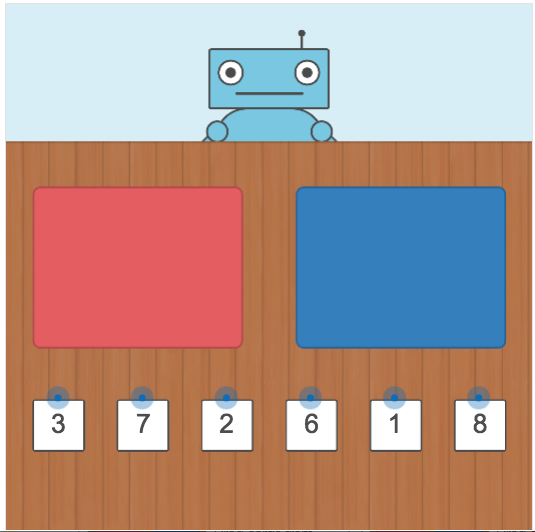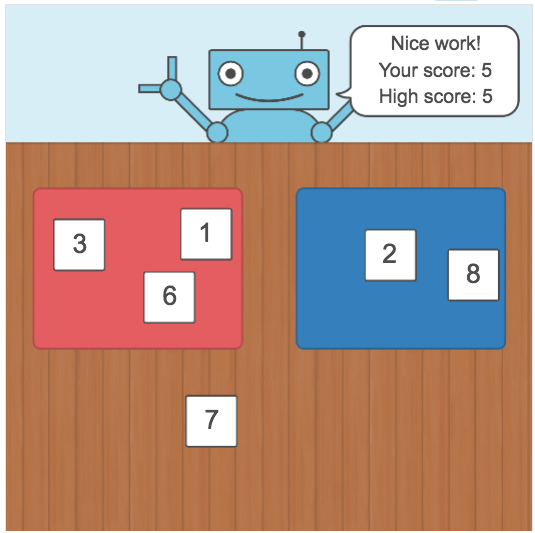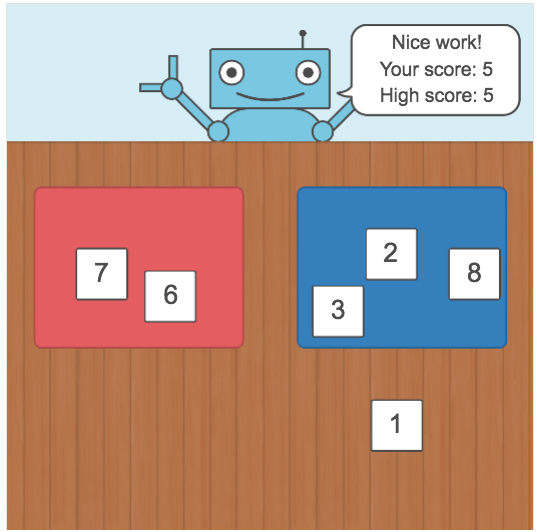The best mathematics tasks have layers.
Consider Screen 2 from Adding Integers, a delightful new task—and this week’s Friday Fave—at teacher.desmos.com.

Your challenge is to use some of the numbers 3, 7, 2, 6, 1, and 8 to make two groups with the same sum. That’s the first layer. In most sixth-grade classrooms, this is a fairly routine task that can quickly develop into a challenge to use the most numbers possible. To be fair that’s the original challenge in the text, but if we’re being honest does anybody really read anything anymore? (Also that first layer is really helpful for lots to get started; if we have to meet too many constraints on the first try, some of us freeze up.)
It turns out that the maximum number of cards is five. But how many ways can you do it? Here are two.


And now can you prove that the maximum number of cards is five? Is five the most because we just haven’t yet figured out how to use all six, or is it impossible to use all six?
The best math tasks have layers.
There’s more to the activity, of course. On later screens the cards are negative. You can specify your own sets of cards for your classmates to think about in the Challenge Creator. And these are all worthy of everyone’s time. But the Friday Fave longs to linger in the layers of the second screen.
But if you’re here for the integers, that’s great too! Here are some additional tasks to bring out numbers both greater and less than zero.
